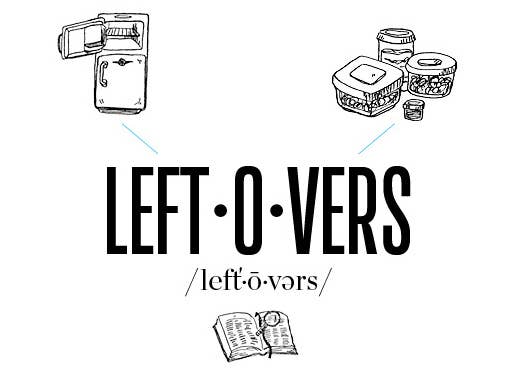
The Secret History of Leftovers
Food after a meal wasn’t always a given; here’s how we came up with saving something for later
Leftovers are the neglected stepchild of the food world. If something was not the intended outcome, if it was not the reason for cooking in the first place, how can it be any good? Very easily. On Christmas Eve I glaze a huge ham in honey and mustard and soy—a bigger piece than my family could ever hope to eat as cold cuts—and roast it fiercely until it’s the color of a lacquered Chinese box. I’m excited about eating it simply in slices as it cools, and perhaps for the few days that follow.
But after that, it’s time for thick slabs to go into the pan until they’re the color of copper kitchen pans, to be eaten with fried eggs. Cubes of it are braised in chicken stock, the meaty liquor then poured into a béchamel to make a glorious sauce to bind it all together. Into a casserole dish it goes, under a puff pastry lid, and the world settles comfortably on its axis. And when you get down to the bone, with those barnacles of meat that won’t easily slice away, there is soup to be made, until the ham has given its all. You get the point: The leftovers are why you embark on a major cooking exercise in the first place.
Leftovers force you to think creatively, to fashion greatness from the mundane. When cooking with excess, one recipe leads to another in a game of gastronomic tag. Start thinking like this, and the food you put on the table for lunch or dinner is not the end of the process. It's just the beginning. —Jay Rayner, adapted from The Ten (Food) Commandments (Penguin Books, 2016)
"In order to keep leftovers, you need something to keep them in. It wasn't until 1960 that electricity and a refrigerator could be found in the majority of American homes. There's an impulse, with all the possibility of refrigeration, to buy more, and in turn, waste more. But there's also the opposite impulse; suddenly we can preserve things." —Jonathan Rees, author of Refrigeration Nation
"They all like change of diet, so I provide all sorts of things, with the result that the 'left-overs', as I call them, are appalling." —An early citation from Cassell's Family Magazine May 1891
"The first printed use of the word I've seen was from an April 1882 issue of Our Continent, an American illustrated weekly. In it, a New Jersey writer explains why the concept of leftovers is so alien to Europeans, mocking herself and her compatriots for consistently buying and serving way too much food." —Dan Jurafsky, author of The Language of Food
"The Frenchwoman finds at market a division of every article of food into 'portions.' The smallest practicable amount per head is for sale….This is offensive to the American mind. Quantity with us is the first essential….Self-respect demands that three pounds be bought where one would suffice, and then comes the question of leftovers." —From Our Continent, April 26, 1882
Keep Reading
Continue to Next Story










